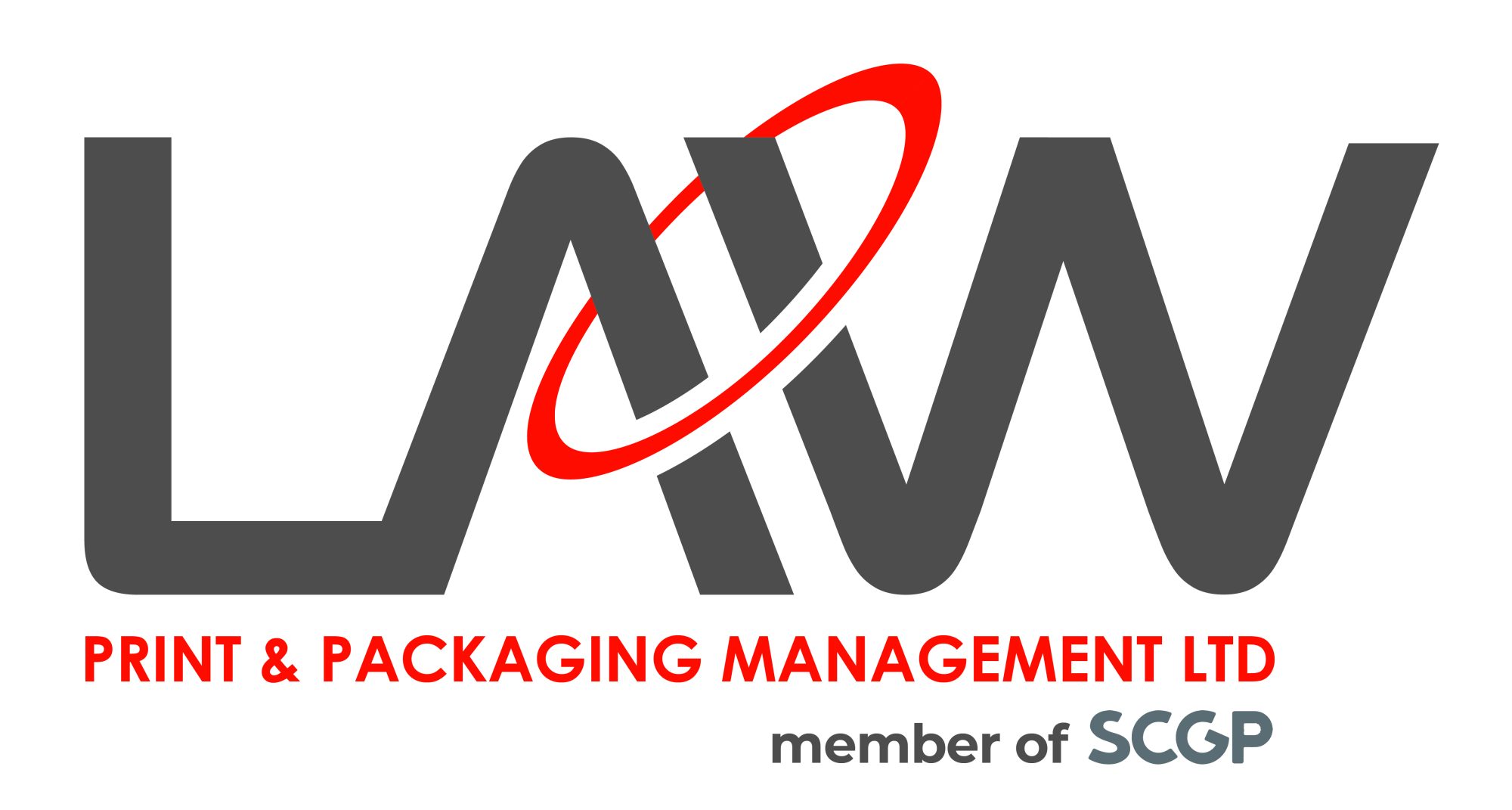2020 and 2021 were many things; challenging, unprecedented, unimaginable, once-in-a-century — you name it. The packaging industry was impacted by everything from Brexit problems, a freight crisis and even a truck driver shortage.
But the main obstacle we faced was, of course, the coronavirus pandemic.
At Law Print, we managed to swerve a few massive problems caused by this and keep the business running as smoothly as we could throughout. Our employees transitioned incredibly well to working from home. We stopped face-to-face meetings. Our staff prepared for the influx of calls and emails from rightly worried customers concerned their packaging wouldn’t arrive when they most needed it.
We serve many industries, but in this blog, we look at the impact COVID-19 had on the packaging industry and what it had on a few of our main areas of expertise.
Pet Food
The pet food industry experienced a considerable boom throughout the pandemic as more people took advantage of the time at home by deciding to own a pet.
This meant the demand for pet food packaging rose substantially. Various data estimated that in the UK in 2020 alone, well-meaning people adopted 4 million pets. This told us that the pet food industry was now under increased pressure to produce food for our new furry friends, and at one point, it even seemed that there was a shortage of wet food pouches.
Thankfully, we were able to keep up with the demand for flexible pet food packaging, and our customers were filled with confidence that, should the direction keep increasing, we’d be able to cope.
In terms of the overall impact on the pet food industry, it was mainly a positive yet hectic experience. The increase in pet adoptions kept us on our toes!
Food & Beverage
The Food & Beverage industry saw dramatic impacts from the pandemic. Meat packing was adversely affected by the pandemic in the short term, resulting in some consumer shortages.
On the other hand, food outlets saw massive increases in demand for their services due to more people ordering food online to be delivered. Unfortunately, this meant packaging was in short supply as nobody had foreseen this. So businesses had to get creative, but there was only so much you could do!
From the food services sector, when arenas and sporting venues closed, COVID-19 made sure the demand for food packaging from the industry declined. Likewise, as large offices and manufacturing plants closed, local eateries like cafes and takeaway shops were shuttered.
During the lockdown and beyond, vast numbers of consumers turned to online grocery shopping, a trend that undeniably will continue. This means more packaging will be circulating within the industry. More packaging will need to be produced, and more emphasis on what this means for sustainability will need to be discussed.
The Packaging Industry as a Whole
Consumer habits changed significantly during the pandemic, affecting the packaging industry. Home delivery of food and consumer products increased the demand for packaging containers and cartons sold or shipped in. In addition, the e-commerce side of consumer products exploded.
Experts predict that producers will aim to optimise packaging for specific channels rather than one-package-fits-all.
During the pandemic, various industries were considered essential and never locked down, including the packaging industry, food & beverage, etc. As a result, in mid-April of 2020, the packaging industry operated at between 83-95% capacity.
The main drivers during the pandemic, according to a report from Markets and Markets, “include the increased demand for ‘fast-moving consumer goods (FMCG), pharmaceutical packaging and rising e-commerce sales due to the lockdown.”
Ecommerce
We already know that e-commerce and online home shopping are here to stay. Therefore, it’s never been more important to switch your packaging to something more durable, lightweight and versatile.
Flexible packaging can be used for many different things. This includes everyday food products like flour and rice, kibble and treats for pets, but also healthy snacks and sports nutrition. As well as construction materials such as concrete or paving sand. These have considerably grown due to people’s concerns for a better lifestyle and home setup.
The demand for flexible packaging is evident everywhere we look. Not only can it be better for the environment, but it can also save businesses money. This is due to the various helpful attributes it has, such as its ability to reduce food waste and offer greater protection in transit.
If you’re not using flexible packaging at the moment but would like to, please get in touch with us. We have a dedicated sales team that can help and advise on everything you’ll need to know about making the switch.
Need more information about the effect of COVID-19 on the packaging industry? If your brand is looking to invest in quality resealable pouches, we will guide you through the entire print process. Providing recommendations along the way to improve efficiency, reduce costs and add untold value to the end product.
Contact us on +44 (0) 161 440 7302 or follow this link to complete our contact form.


